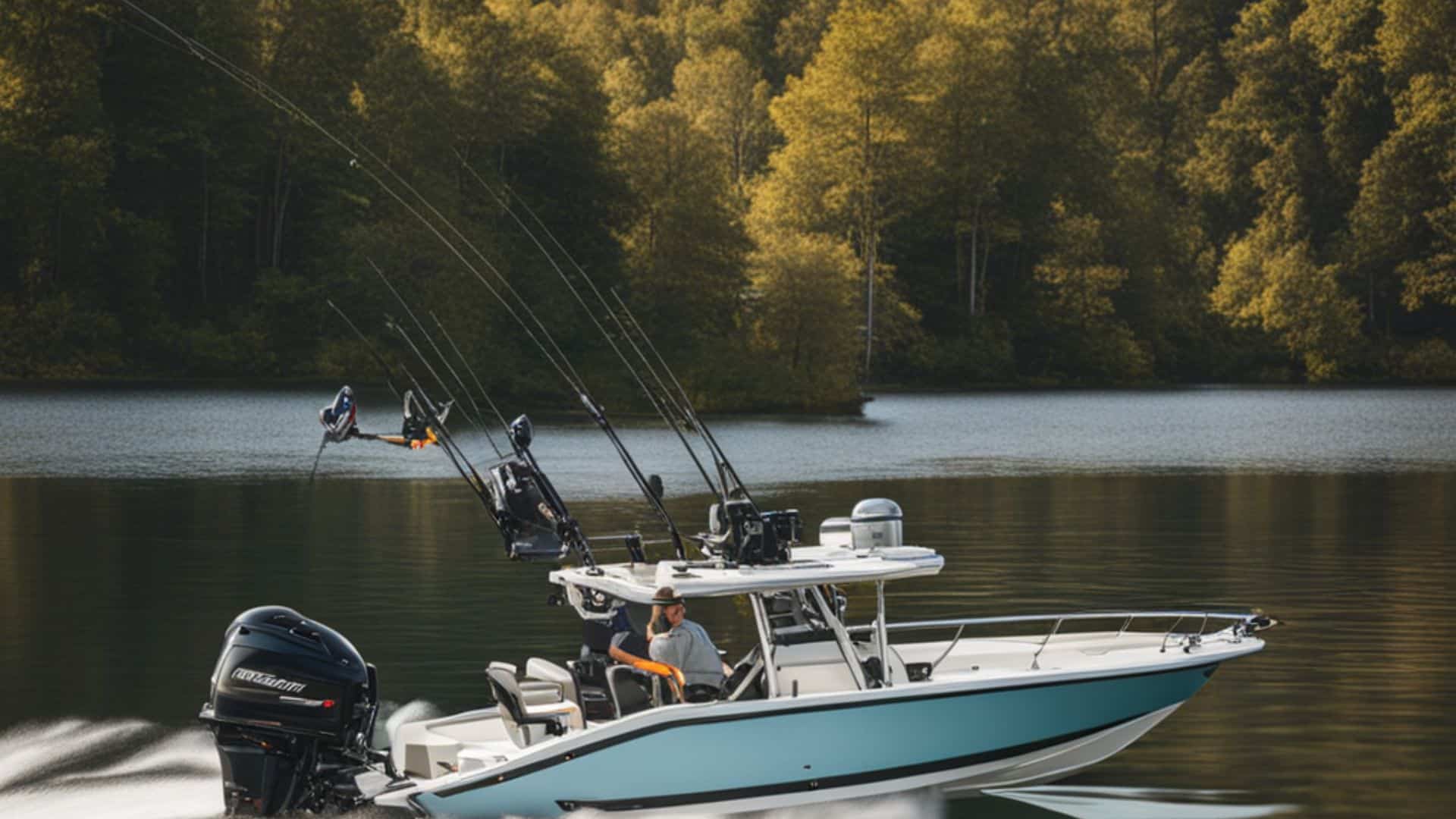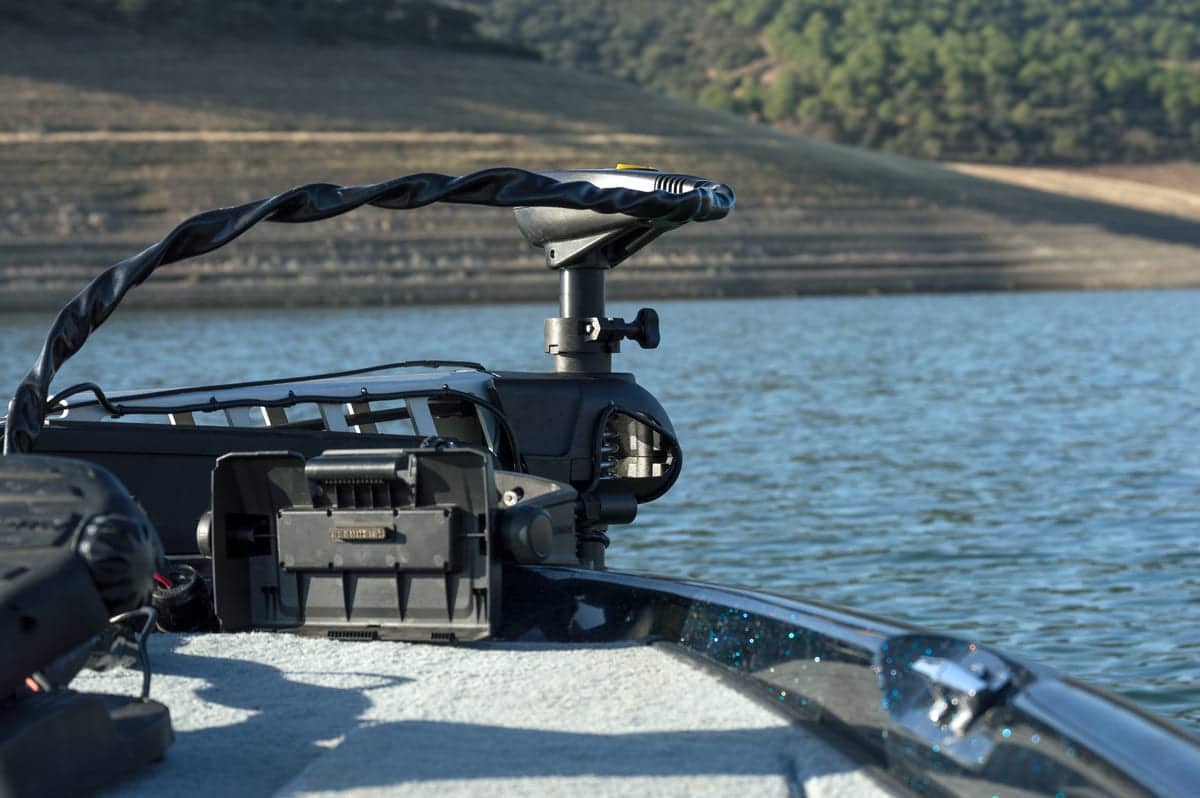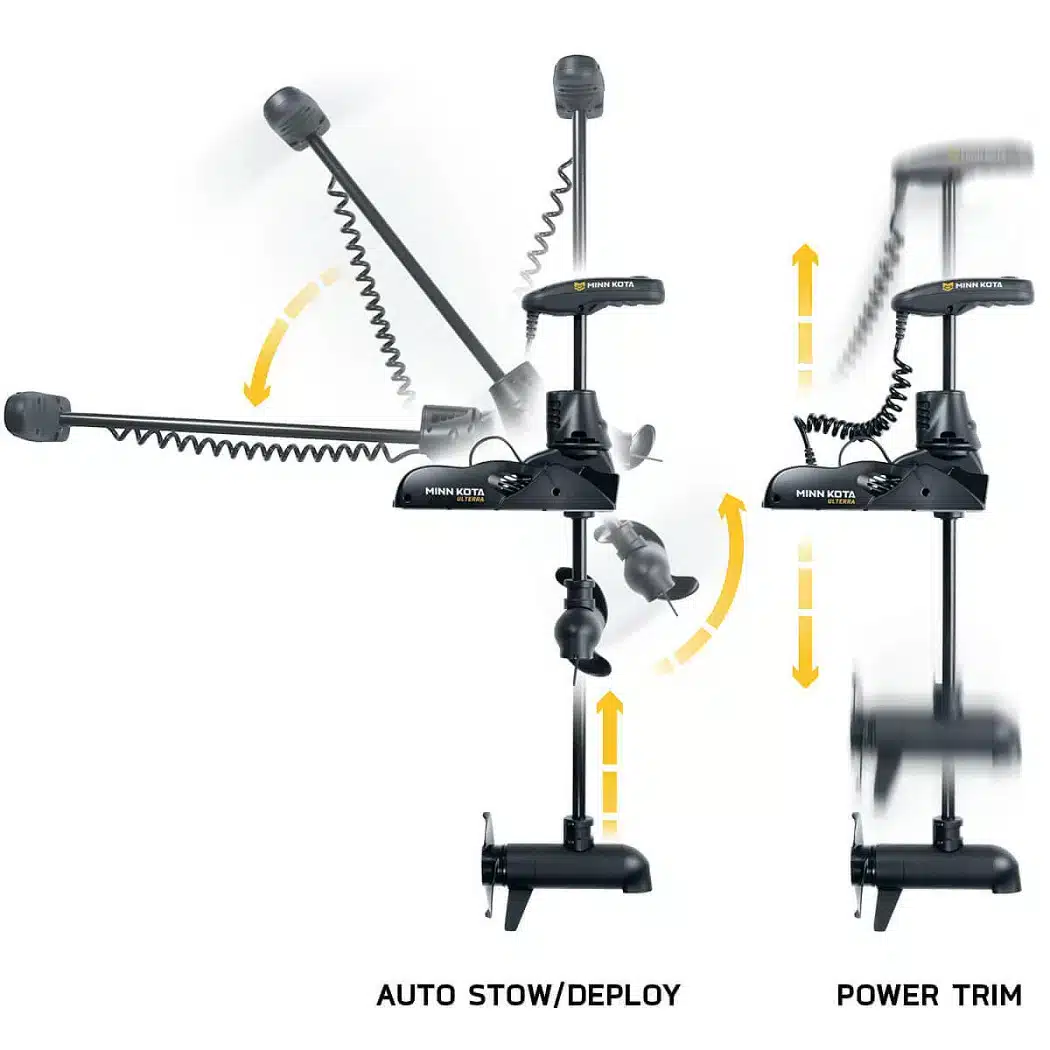
Embarking on a fishing adventure often requires the quiet and efficient propulsion of a trolling motor, making it an indispensable tool for avid anglers. Unlike traditional outboard motors that rely on gasoline or diesel fuel, trolling motors are powered by electricity, typically using rechargeable batteries. This makes trolling motors advantageous for slow, precise maneuvering, allowing anglers to navigate shallow waters or quietly approach fish without scaring them away.
Whether you’re navigating tranquil lakes, winding rivers, or braving choppy seas, selecting the right trolling motor can significantly enhance your fishing experience. But with the myriad of options available in the market, finding the perfect one can seem like a daunting task.
In this comprehensive Trolling Motors Buying Guide, we dive into the world of electric propulsion to help you make an informed decision. Whether you’re a seasoned angler looking to upgrade your trolling motor or a beginner seeking expert advice, this guide will equip you with the knowledge and insights needed to navigate the waters and reel in that trophy catch.
Where are you mounting your motor?

When it comes to mounting your trolling motor, two common options are available: the bow and the transom.
Mounting on the bow offers several advantages, including improved maneuverability and control. Placing the motor at the front of the boat allows for better weight distribution, enhancing stability and minimizing bow lift. This positioning also enables anglers to navigate through shallow waters more easily, as the bow tends to encounter fewer obstructions.
Check out these bow mount trolling motors
On the other hand, transom mounting involves attaching the motor at the back of the boat. This placement is popular for smaller watercraft or when the boat already has an outboard motor. Transom mounts provide simplicity and convenience, with easy access for maintenance and quick deployment.
Check out these transom mount trolling motors
Ultimately, however, the decision between bow and transom mounting depends on factors such as boat size, fishing style, and personal preference.
What size motor do you need?
When it comes to selecting the right trolling motor, determining the appropriate size is crucial. There are three key factors to consider: thrust power, battery size, and voltage. Let’s explore each of these factors in detail.
How to calculate how much thrust you need:
Thrust power is a measure of the motor’s strength and determines how well it can propel your boat through the water. To calculate the required thrust, consider factors such as the boat’s weight, size, and environmental conditions you’ll be encountering. As a general rule of thumb, it is recommended to have at least 2 pounds of thrust for every 100 pounds of boat weight. This ensures adequate power for maneuvering and overcoming wind or current resistance.
How to determine what battery size and voltage you need:
The battery size and voltage play a crucial role in the performance and longevity of your trolling motor. Higher voltage motors generally offer more power and efficiency. To determine the battery size, consider the ampere-hour (Ah) rating, which indicates the battery’s capacity. A higher Ah rating allows for a longer operating time. Additionally, check the motor’s voltage requirements and choose a compatible battery. Common options include 12-volt, 24-volt, or 36-volt systems. It’s important to ensure that the battery voltage matches the motor’s specifications to ensure optimal performance.
In addition to thrust power, battery size, and voltage, another consideration is the shaft length of the trolling motor. The shaft should be long enough to submerge the propeller sufficiently into the water, considering the boat’s transom height and the water conditions you’ll be navigating. A deeper hull or rough water may require a longer shaft to prevent the propeller from losing contact with the water.
What technologies or features matter to you?
When choosing a trolling motor, it’s essential to consider the technologies and features that align with your specific fishing needs. Here are a few key aspects to keep in mind:
- GPS Integration: Trolling motors equipped with GPS technology offer advanced features like spot-lock, allowing you to anchor your boat precisely at a specific location, as well as route tracking and autopilot functionality for hands-free navigation.
- Wireless Control: Some trolling motors come with wireless control options, such as remote controls or smartphone apps, enabling you to operate the motor from different locations on your boat for added convenience and flexibility.
- Sonar Compatibility: If you rely on fish finders or sonar devices, choosing a trolling motor with built-in sonar compatibility can streamline your fishing experience, allowing you to integrate and control sonar readings directly from the motor.
- Digital Displays: Trolling motors with digital displays provide easy-to-read information about battery life, speed, and other essential metrics, giving you real-time insights to optimize your fishing tactics.
- Quiet Operation: Look for motors with advanced noise reduction technologies that minimize vibrations and ensure quiet operation, enabling you to approach fish stealthily without causing disturbances.
What style motor is right for you?
When selecting a trolling motor, it’s essential to consider the style that best suits your fishing style and preferences. Here are three popular options to consider:
- Electric Steer Motors: Electric steer motors provide precise and effortless control through the use of digital technology. These motors feature advanced steering systems, often with wireless remote controls or foot pedals, allowing anglers to easily navigate and maneuver their boats with minimal effort.
- Cable Steer Motors: Cable steer motors use a traditional mechanical steering system, where a cable connects the motor to the steering mechanism. These motors offer a direct and responsive steering experience, giving anglers a sense of control and familiarity.
- Hand Control Motors: Hand control motors are operated using a hand tiller, which allows for manual control of the motor’s speed and direction. This style is straightforward to use and provides a tactile and hands-on experience, making it a popular choice among anglers who prefer a more traditional approach.
Where are you fishing?
It’s also important to consider the type of water you’ll be fishing in since each environment presents unique challenges.
For freshwater fishing (lakes, rivers, or calm inland waters), a trolling motor designed for freshwater conditions will be suitable. These motors are typically built to handle smaller waves, provide efficient propulsion, and offer features tailored to freshwater fishing needs.
On the other hand, saltwater environments present harsher conditions, including salt corrosion and stronger currents. It’s essential to choose a trolling motor specifically designed for saltwater use. These motors are constructed with corrosion-resistant materials and have additional features such as sacrificial anodes to protect against electrolysis.
Does more thrust mean more speed?
The ideal trolling speed for fishing can vary depending on the species you’re targeting and the fishing technique employed. In general, a trolling speed between 1.5 to 3 miles per hour (mph) is commonly considered effective for many freshwater fishing scenarios. However, specific fish species may have preferences for slower or faster speeds. It’s advisable to consult local fishing resources or experts for species-specific recommendations.
Additionally, factors such as water temperature, weather conditions, and lure presentation can influence the ideal trolling speed. Experimenting with different speeds and monitoring fish activity will help you determine the optimal trolling speed for a successful fishing experience.
Shop trolling motors from these top brands:



